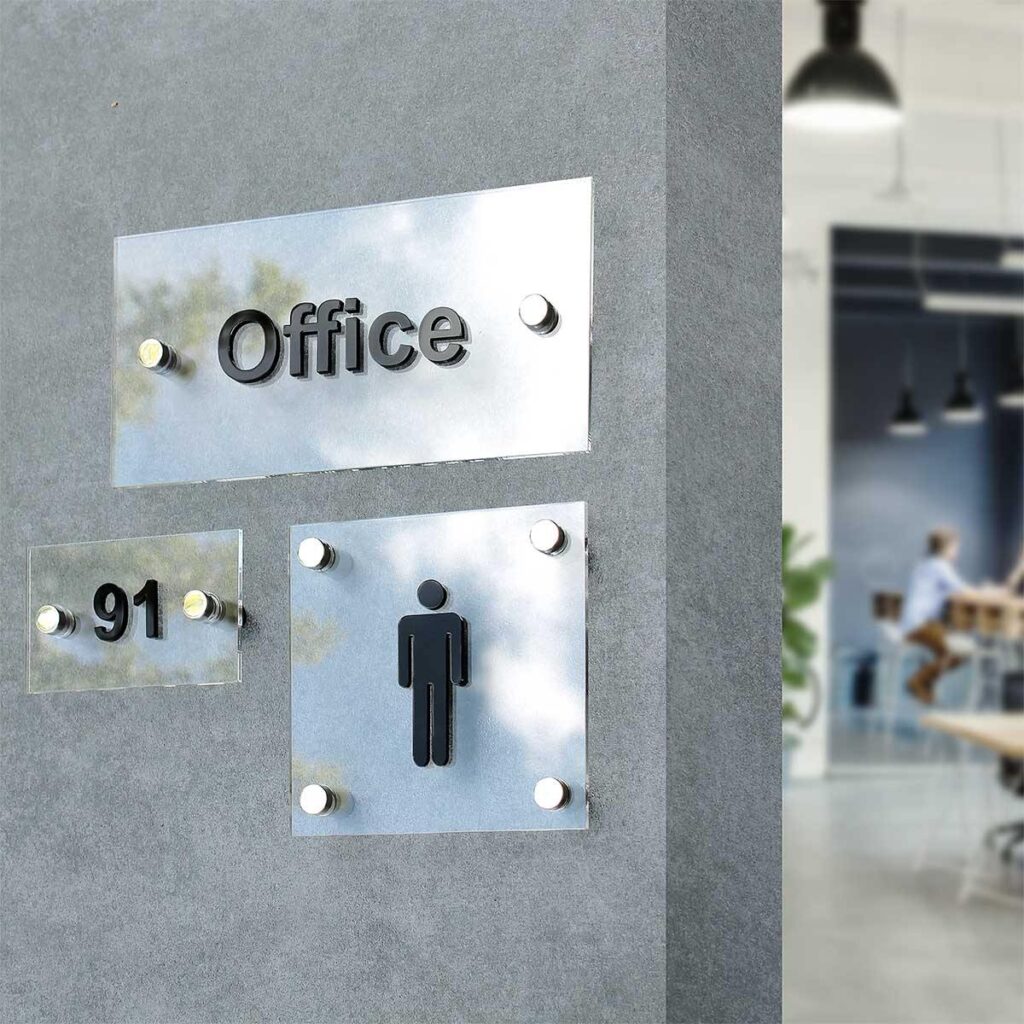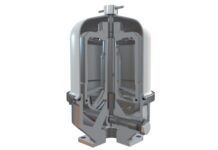
Door signs are more than just markers on entryways; they are essential tools for maintaining proper settings and ensuring the smooth operation of various environments.
In this exploration, we will delve into four types of door signs that play crucial roles in different settings!
1. Restricting Access With Staff-Only Signs
Staff-only sign — Bsign are indispensable for preserving privacy and security in various settings, such as offices, medical facilities, and commercial spaces. Here’s how these signs ensure proper settings:
- Restricted access ─ Staff-only signs communicate that certain areas are off-limits to the general public, ensuring that only authorized personnel can enter. This is particularly vital in sensitive environments like hospitals and laboratories.
- Privacy ─ In office settings, staff-only signs on conference rooms or private offices help maintain confidentiality during meetings or work sessions.
- Security ─ These signs contribute to the overall security of a building by preventing unauthorized access to critical areas.
2. Ensuring Efficient Navigation With Directional Signage

Directional signs are essential for guiding individuals through large and complex spaces, such as malls, airports, and hospitals. Directional signage provides clear and intuitive guidance, helping visitors find their way around a building. This reduces confusion and enhances the overall experience.
Moreover, inclusive directional signs incorporate elements like Braille, tactile characters, and visual symbols to ensure accessibility for individuals with disabilities, creating a more welcoming environment.
3. Prioritizing Safety With Prohibitory Signs
Prohibitory signs prevent potentially hazardous activities, reducing the risk of accidents and injuries within the environment. For instance, “No Smoking” signs promote fire safety.
These signs offer clear and concise communication about what actions are prohibited, leaving no room for confusion. This is particularly crucial in public spaces like parks or swimming pools.
4. Securing Cleanliness With Trash Can Signs

Trash can signs are essential for encouraging the proper disposal of waste in public areas, parks, and commercial spaces. Here’s how these signs ensure proper settings:
- Litter prevention ─ Trash can signs serve as reminders for individuals to dispose of their trash responsibly, reducing litter and maintaining a clean environment.
- Recycling education ─ Signs on recycling bins provide guidance on what items can be recycled, promoting eco-friendly practices and sustainability.
- Efficient waste management ─ Properly marked trash cans and recycling bins ensure that waste is sorted correctly, making it easier for waste management teams to handle and process materials.
Improving Accessibility Through Inclusive Signage
In addition to the aforementioned door signs, it’s crucial to emphasize the significance of inclusive signage in ensuring proper settings. Inclusive signage goes beyond merely directing people; it ensures that everyone, including those with disabilities, can navigate spaces with ease and independence.
Incorporating elements like Braille, tactile characters, and visual symbols on signs is a key aspect of inclusive design. These features enable individuals with visual or tactile impairments to access critical information, such as room numbers, restroom locations, and emergency exits, thereby promoting inclusivity and equal access in public and private settings.
Inclusive signage not only complies with legal requirements but also fosters a more diverse and welcoming environment for all.
Enhancing Brand Identity and Aesthetics with Custom Door Signs
While the primary function of door signs is to convey essential information and maintain proper settings, they can also serve as a means to enhance brand identity and aesthetics. Custom door signs, featuring a company’s logo, colors, and unique design elements, contribute to a cohesive and professional look within a corporate environment. These signs reinforce brand recognition and convey a sense of pride and ownership in the workspace. Moreover, well-designed custom door signs can complement the overall aesthetics of a space, aligning with interior decor and creating a visually pleasing atmosphere. In this way, door signs not only ensure functionality but also contribute to the overall ambiance and identity of a given environment, making them a valuable asset for any setting.
In conclusion, door signs are not merely decorative elements; they are functional tools that contribute to the proper settings and functioning of various environments. Properly designed and strategically placed door signs are essential components of effective facility management.








